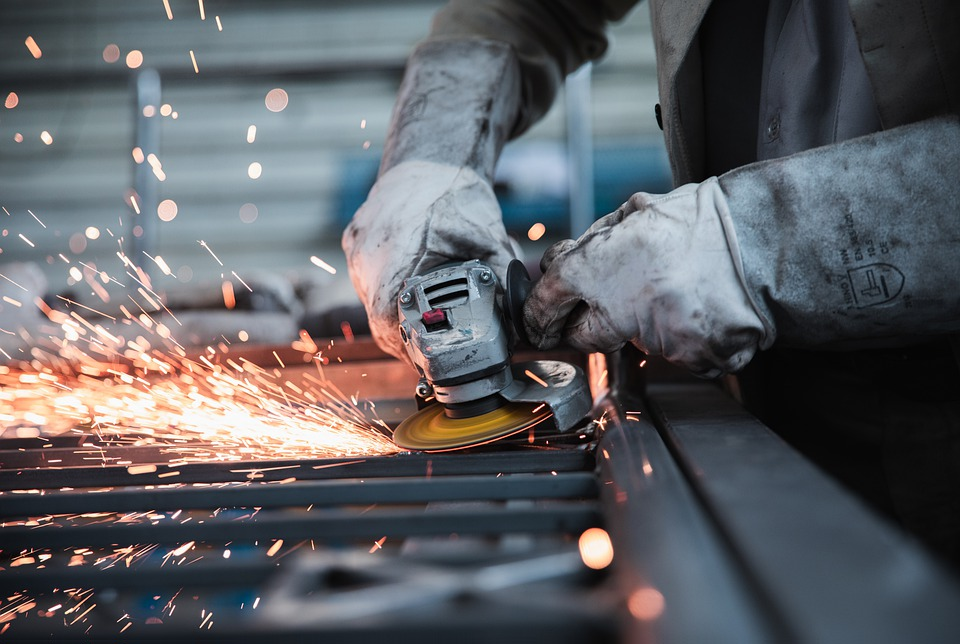
Modular construction is a process that offers a lagging industry an opportunity to make a significant change. That being a complete shift of various aspects concerning building activity. Specifically, going from traditional construction sites to factories with manufacturing-style production that is off-site. In order for such a construction method to remain relevant for decades, one would assume that the modular building products are strong enough to match this longevity. And they would be right.
The three primary modular building products
There are three construction materials that are commonplace in modular buildings or modular construction modules:
- Wood
- Concrete
- Steel/Aluminum
Wood
Utilizing wood in modular construction is a beneficial move thanks to its construction material properties. Wood is easy to shape with machinery or by hand, is biodegradable, and has low toxicity. Additionally, it is affordable and requires little effort to reuse and recycle. It is a combustible material possessing an important thermal property in that when against heat, it doesn’t expand. Moreover, it attains strength when more heat dries it out. Wood is also a handy insulator against energy loss and electricity.
Structural members that are commonly used include:
- Plywood
- 2X individual pieces for floor and roof trusses and walls
- Composite panels
- Wood I-joists
- Oriented strand board (OSB)
- Glue-laminated beams
Wood is also a popular ingredient in the creation of exterior wall panels that have additional layers. These layers help with insulation, waterproofing, vapour barrier, drywall, and siding.
Prefabrication – a process often mistaken for being interchangeable with modular construction – in a factory keeps the wood dry and at a constant temperature while being cut and fitted. Prefab reduces waste, saves on resources, and simplifies waste recycling. Components and modules put together in a factory get transportation to the site and undergo assembly with tight tolerances.
Concrete
Conventional on-site construction involves a concrete mixture consisting of aggregate (small gravel of different sizes), Portland cement, sand, and water. This is the “hydration” process, which hardens (or “cures”) the concrete to its specified strength. Concrete’s malleable strength relies on fibre and steel reinforcing. The material requires substantial labour because of mandatory formwork erection and concrete placement (pouring it into the formwork). Afterwards, it is troweled and smoothed.
Modular construction that uses concrete usually consists of shower facilities, restrooms, concession buildings, shelters, and utility buildings, among others. With these structures, the walls are fabricated with high-strength precast concrete. Alternatively, concrete masonry units (CMUs). Moreover, the roof consists of lightweight precast concrete panels, concrete tiles, metal panels, or standard architectural shingles.
The design and construction of the buildings allow them to meet local building codes. They can have an array of options for colour and texture, like the following:
- Stone
- Brick
- Stucco
- Board and bat siding
- Split-face block
- Horizontal lap siding
The buildings are prefabricated and are only ready for delivery when they reach completion. This includes electrical and plumbing systems where applicable.
Building modular concrete buildings can also transpire on permanent, poured-in-place concrete foundations that contain reinforcements. These buildings are attached to a huge foundation that has a deep footing specifically for heavy seismic loads. This ensures stability in the structure.
Steel/Aluminum
Metals are reputable for being hard, ductile, conductive, strong, and precise. As such, steel and aluminum are two other popular building components for modular construction.
Steel is more expensive than wood and concrete. However, it is more economical to use when building high-rise structures, long-span structures, and unique geometric designs. This is because of its durability and construction speed. Steel is an inorganic and non-combustible material, which is beneficial against fire. Additionally, steel structures are very strong and can withstand the most critical weather conditions. Because of this strength and durability, it can last for a long time. Transportation is easy and it is reusable by simply unbolting its components.
Aluminum is a ductile, non-ferrous alloy that is noteworthy for its resistance to corrosion. It can go through repeated recycling with little energy or loss of material properties. Due to aluminum being light and long-lasting, assembling it into panels and modules is easy, as is its shipment. Erecting it is also a quick and meticulous process.
Need a Quality & Tested Modular Construction Service?
Click here to see BUILD IT’s Modular Construction Services
Different modular building products, different challenges
Modular construction comes with different sets of pros and cons. Therefore, the design of the project will determine which modular building products are necessary for construction.
To learn more and if you want a quote for your modular construction project, contact us here BUILD IT’s contact info. Additionally, if you are interested in opening a modular restaurant, check out our article The Advantages of Modular Restaurant Construction.